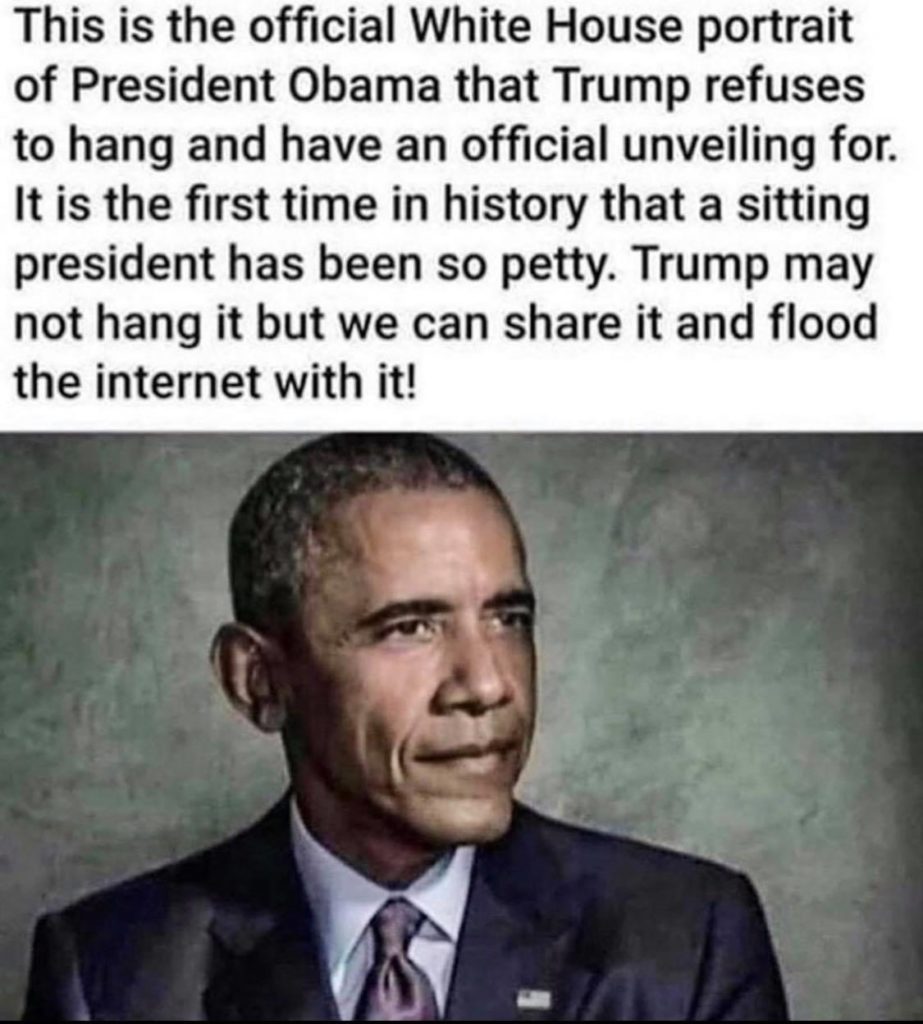September 5, 2021
On March 25, 1911, Frances Perkins was visiting with a friend who lived near Washington Square in New York City when they heard fire engines and people screaming. They rushed out to the street to see what the trouble was. A fire had broken out in a garment factory on the upper floors of a building on Washington Square, and the blaze ripped through the lint in the air. The only way out was down the elevator, which had been abandoned at the base of its shaft, or through an exit to the roof. But the factory owner had locked the roof exit that day because, he later testified, he was worried some of his workers might steal some of the blouses they were making.
“The people had just begun to jump when we got there,” Perkins later recalled. “They had been holding until that time, standing in the windowsills, being crowded by others behind them, the fire pressing closer and closer, the smoke closer and closer. Finally the men were trying to get out this thing that the firemen carry with them, a net to catch people if they do jump, the[y] were trying to get that out and they couldn’t wait any longer. They began to jump. The… weight of the bodies was so great, at the speed at which they were traveling that they broke through the net. Every one of them was killed, everybody who jumped was killed. It was a horrifying spectacle.”
By the time the Triangle Shirtwaist Fire was out, 147 young people were dead, either from their fall from the factory windows or from smoke inhalation.
Perkins had few illusions about industrial America: she had worked in a settlement house in an impoverished immigrant neighborhood in Chicago and was the head of the New York office of the National Consumers League, urging consumers to use their buying power to demand better conditions and wages for workers. But even she was shocked by the scene she witnessed on March 25.
By the next day, New Yorkers were gathering to talk about what had happened on their watch. “I can’t begin to tell you how disturbed the people were everywhere,” Perkins said. “It was as though we had all done something wrong. It shouldn’t have been. We were sorry…. We didn’t want it that way. We hadn’t intended to have 147 girls and boys killed in a factory. It was a terrible thing for the people of the City of New York and the State of New York to face.”
The Democratic majority leader in the New York legislature, Al Smith—who would a few years later go on to four terms as New York governor and become the Democratic presidential nominee in 1928—went to visit the families of the dead to express his sympathy and his grief. “It was a human, decent, natural thing to do,” Perkins said, “and it was a sight he never forgot. It burned it into his mind. He also got to the morgue, I remember, at just the time when the survivors were being allowed to sort out the dead and see who was theirs and who could be recognized. He went along with a number of others to the morgue to support and help, you know, the old father or the sorrowing sister, do her terrible picking out.”
“This was the kind of shock that we all had,” Perkins remembered.
The next Sunday, concerned New Yorkers met at the Metropolitan Opera House with the conviction that “something must be done. We’ve got to turn this into some kind of victory, some kind of constructive action….” One man contributed $25,000 to fund citizens’ action to “make sure that this kind of thing can never happen again.”
The gathering appointed a committee, which asked the legislature to create a bipartisan commission to figure out how to improve fire safety in factories. For four years, Frances Perkins was their chief investigator.
She later explained that although their mission was to stop factory fires, “we went on and kept expanding the function of the commission ’till it came to be the report on sanitary conditions and to provide for their removal and to report all kinds of unsafe conditions and then to report all kinds of human conditions that were unfavorable to the employees, including long hours, including low wages, including the labor of children, including the overwork of women, including homework put out by the factories to be taken home by the women. It included almost everything you could think of that had been in agitation for years. We were authorized to investigate and report and recommend action on all these subjects.”
And they did. Al Smith was the speaker of the house when they published their report, and soon would become governor. Much of what the commission recommended became law.
Perkins later mused that perhaps the new legislation to protect workers had in some way paid the debt society owed to the young people, dead at the Triangle Shirtwaist Fire. “The extent to which this legislation in New York marked a change in American political attitudes and policies toward social responsibility can scarcely be overrated,” she said. “It was, I am convinced, a turning point.”
But she was not done. In 1919, over the fervent objections of men, Governor Smith appointed Perkins to the New York State Industrial Commission to help weed out the corruption that was weakening the new laws. She continued to be one of his closest advisers on labor issues. In 1929, when Franklin Delano Roosevelt replaced Smith as New York governor, he appointed Perkins to oversee the state’s labor department as the Depression worsened. When President Herbert Hoover claimed that unemployment was ending, Perkins made national news when she repeatedly called him out with figures proving the opposite and said his “misleading statements” were “cruel and irresponsible.” She began to work with leaders from other states to figure out how to protect workers and promote employment by working together.
In 1933, after the people had rejected Hoover’s plan to let the Depression burn itself out, President-elect Roosevelt asked Perkins to serve as Secretary of Labor in his administration. She accepted only on the condition that he back her goals: unemployment insurance; health insurance; old-age insurance, a 40-hour work week; a minimum wage; and abolition of child labor. She later recalled: “I remember he looked so startled, and he said, ‘Well, do you think it can be done?’”
She promised to find out.
Once in office, Perkins was a driving force behind the administration’s massive investment in public works projects to get people back to work. She urged the government to spend $3.3 billion on schools, roads, housing, and post offices. Those projects employed more than a million people in 1934.
In 1935, FDR signed the Social Security Act, providing ordinary Americans with unemployment insurance; aid to homeless, dependent, and neglected children; funds to promote maternal and child welfare; and public health services.
In 1938, Congress passed the Fair Labor Standards Act, which established a minimum wage and maximum hours. It banned child labor.
Frances Perkins, and all those who worked with her, transformed the horror of the Triangle Shirtwaist Fire into the heart of our nation’s basic social safety net.
“There is always a large horizon…. There is much to be done,” Perkins said. “It is up to you to contribute some small part to a program of human betterment for all time.”
Happy Labor Day, everyone.






You must be logged in to post a comment.